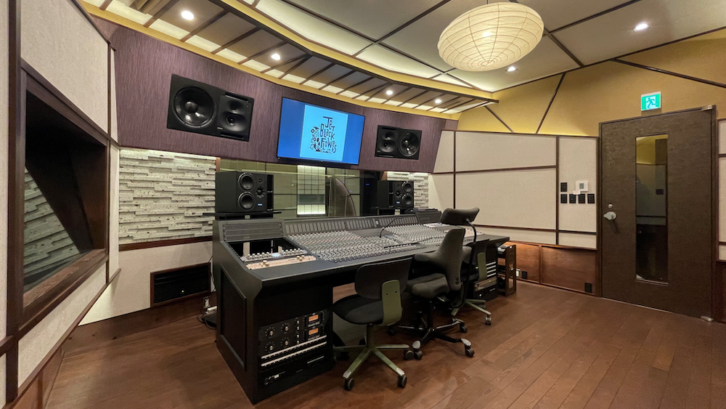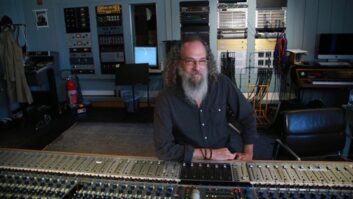
Ashikaga City, Japan (August 29, 2023)—Japanese businesswoman Nozomi Kurihara has opened Tsukihana Sounds Studio north of Tokyo which features an SSL Origin analog console and incorporates traditional Japanese construction materials.
Tsukihana Sounds Studio opened in March 2023 in a former textile factory in Ashikaga City, the hometown of studio owner Nozomi Kurihara, whose Jet Black Flowers company designs, builds and operates servers for the gaming industry. Kurihara, who studied composition theory and electronic music and is a multi-instrumentalist, established the studio to support her company’s growing music and sound production business.
LD Systems Takes Its New Desk to the Rodeo
Kurihara was introduced to the Origin console at Solid State Logic Japan by Kazuaki Yamada, manager of Cogre Musical Instruments, who handled her new studio’s system planning and equipment coordination. She did not originally intend to build a full-scale production facility, but now the new facility offers a large tracking room of about 50 square meters (about 540 square feet) with two iso booths, for vocals and piano. In the 24-square-meter (260-sq.-ft.) control room, the Origin, which is integrated into studio furniture custom-built by studio design and construction firm Acoustic Engineering, is complemented by Genelec soffit-mounted main monitors and PMC mid-field speakers.
Acoustic Engineering’s interior design makes use of traditional Japanese materials chosen not only for their appearance but also for their acoustical properties. Oyaishi stone, which is mined in the region and was used in many Japanese buildings at the beginning of the twentieth century, has a signature acoustical quality that is both diffusive and absorptive and was used in the live room as well as the control room. Juaraku-Heki, a mud and straw wall material often seen in old Japanese tea rooms, was also used throughout the facility. Shoji screens made from a type of paper used in the interior doors of many classical Japanese houses are another key design element.







